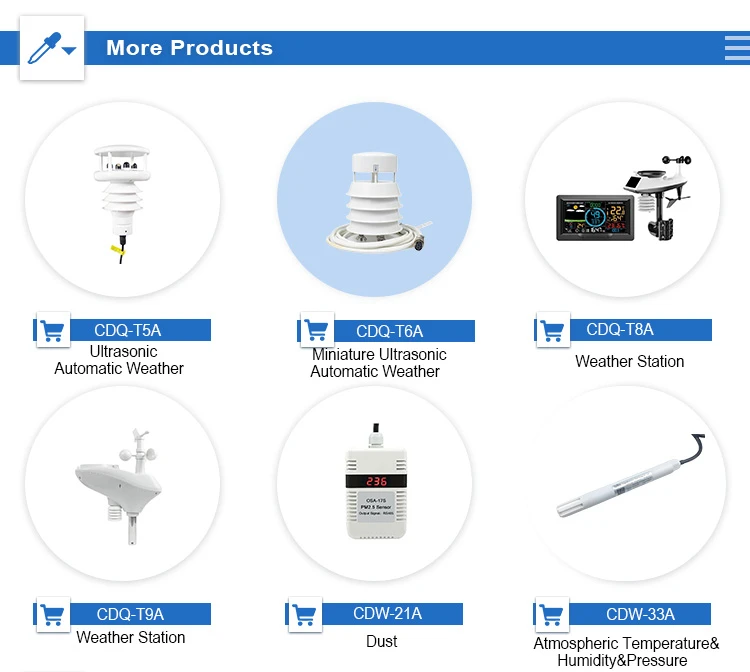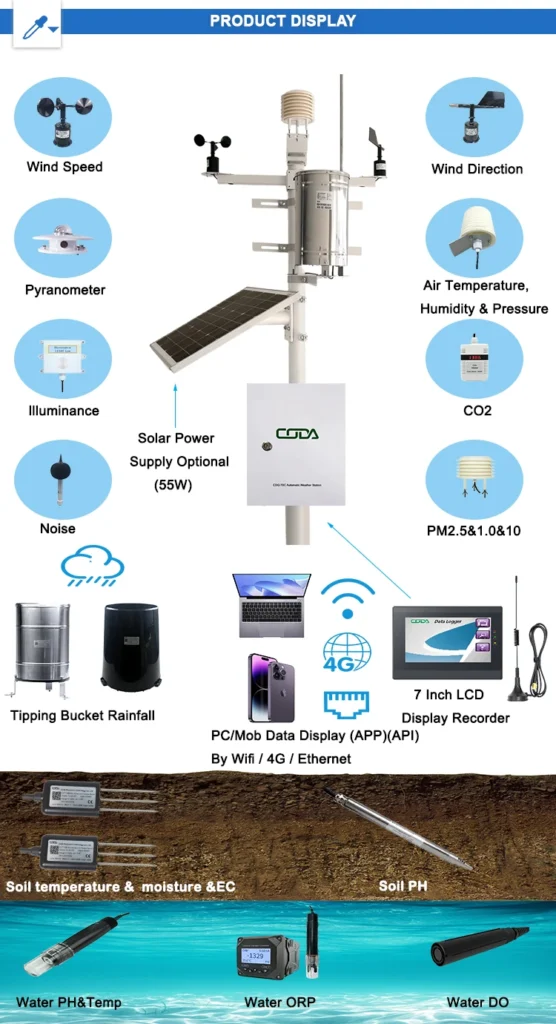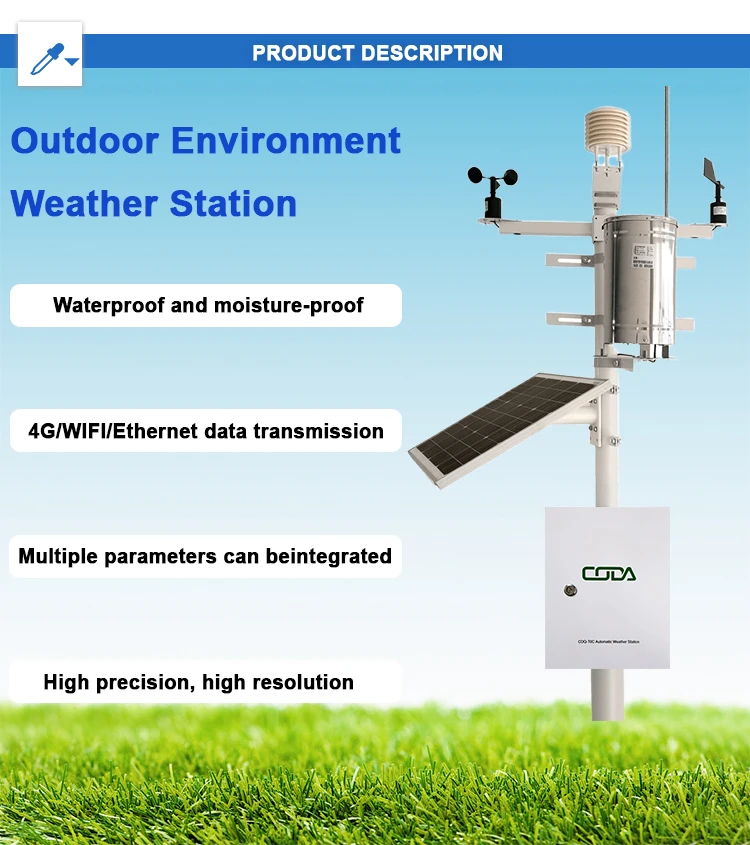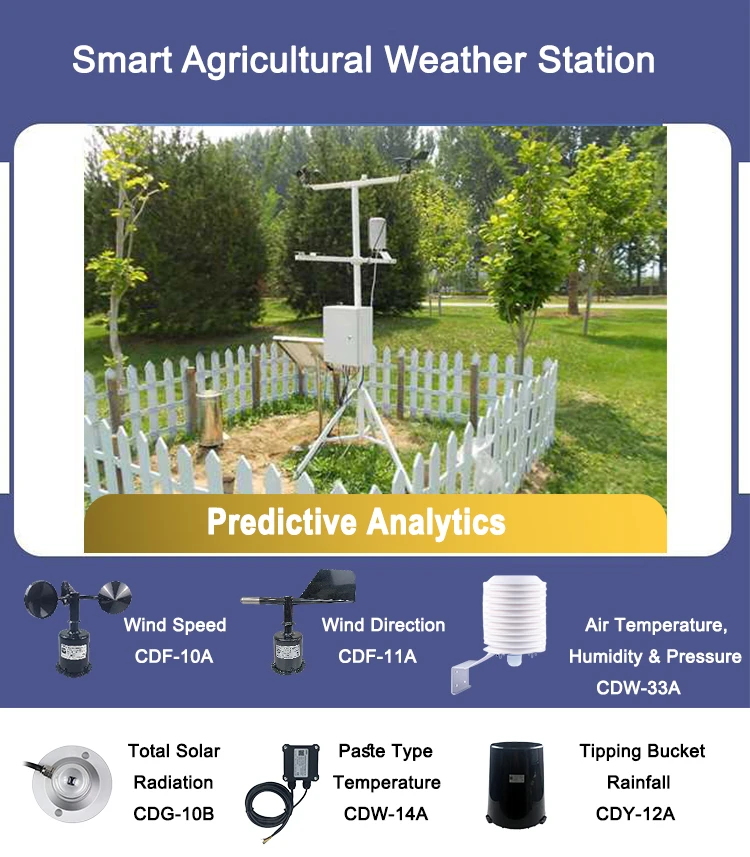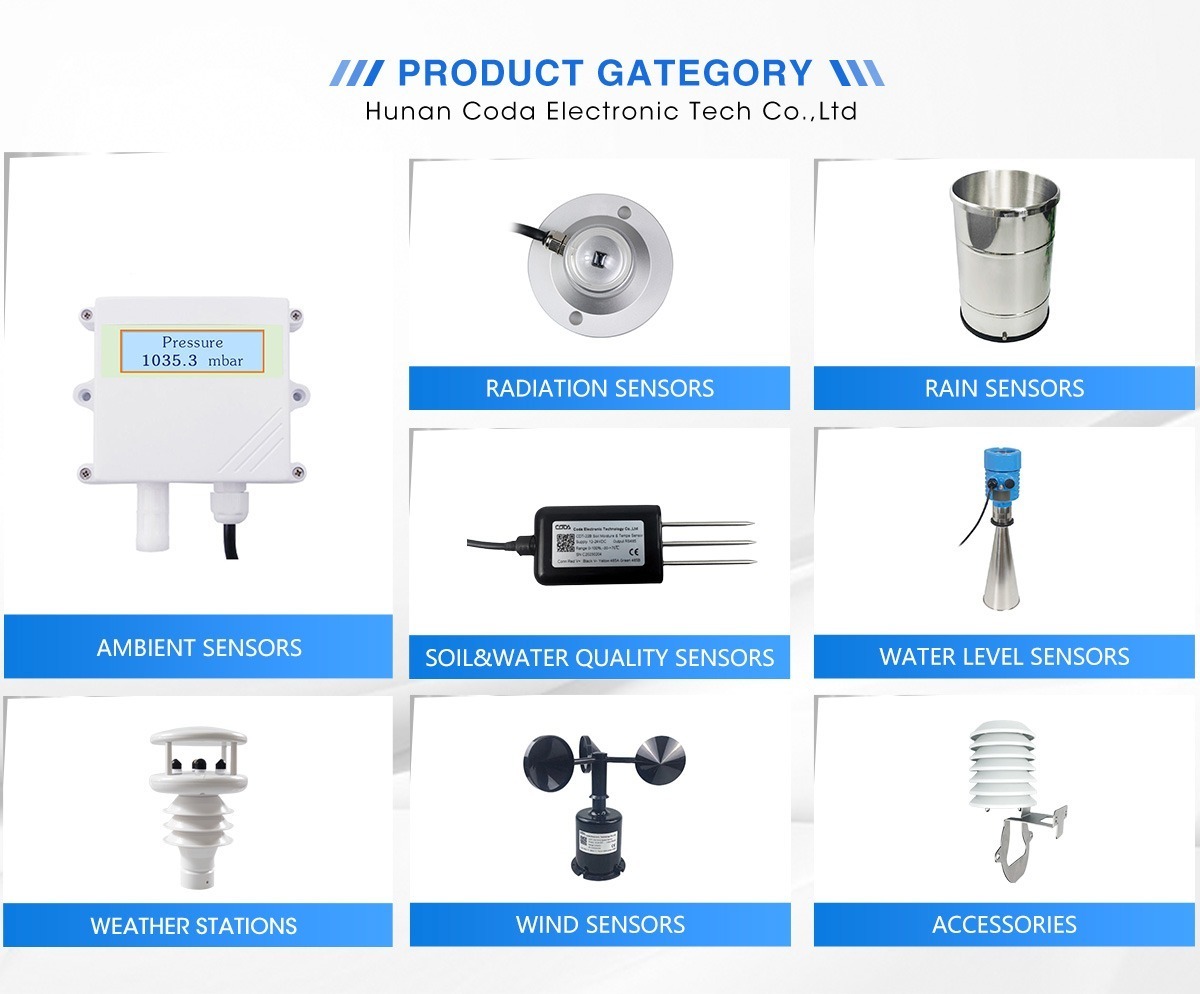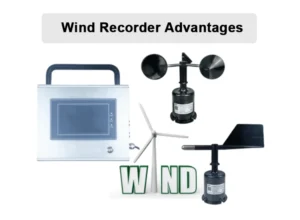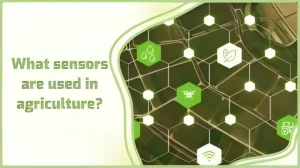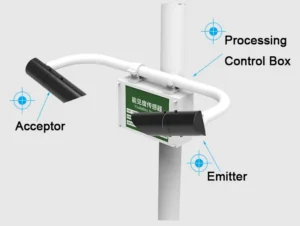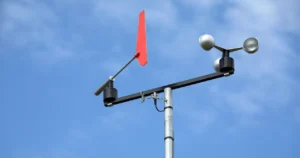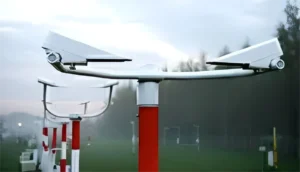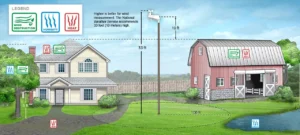What is the Best Professional Weather Station?
In the fast-changing world of weather and environmental monitoring, choosing the right weather station is very important. A good weather station is key for accurate forecasts. It helps with climate research, farming plans, and environmental studies. Among the many options available, the CODA weather station stands out as a great choice.
1. Understanding the Role of a Professional Weather Station
Professional weather stations are more than just simple tools for checking the weather. They are advanced systems that track many weather factors accurately. These factors include temperature, humidity, air pressure, wind speed, wind direction, precipitation, and solar radiation, among others.
The data from these stations is the foundation for weather models used by meteorologists worldwide. In agriculture, this data helps farmers decide when to plant, water, and harvest. For environmental scientists, it offers insights into climate change and its effects on ecosystems.
2. CODA Weather Station: An Overview
CODA Sensor is a well-known maker of sensors for environmental and weather monitoring. They have worked in this field for over 10 years. They have created a line of high-quality weather stations. Their all-in-one weather stations are powerful tools for meteorological monitoring.
2.1 Monitoring Capabilities
The CODA weather stations, like the CDQ – T1C automatic weather station, can measure many weather factors at once. They can monitor temperature, humidity, air pressure, wind speed, wind direction, rainfall, and solar radiation in real time.
This data collection is important for many uses. For example, in weather forecasting, accurate temperature and humidity data help predict clouds and rain. In agriculture, solar radiation data is key for finding the best time for crop growth and photosynthesis.
2.2 Technological Features
2.2.1 Advanced Sensor Technology
CODA weather stations use advanced sensors. Engineers design these sensors to be sensitive and accurate.
This makes sure the data collected is reliable. For example, the wind speed and direction sensors can detect small changes in wind patterns. This accuracy is important for aviation because wind conditions can greatly affect flight safety.
2.2.2 Data Processing Algorithm
The sensors collect data that is processed with advanced algorithms. These algorithms remove noise and errors from the data.
They also look at the data in real-time. This helps the weather station give accurate weather predictions. The CODA weather station can predict storms early by checking changes in barometric pressure.
2.3 Design and Scalability
2.3.1 Integrated Structure
The CODA weather stations have a smart design. Technicians put several weather sensors into one unit. This saves space and cuts installation costs.
The design also makes data collection easier and more efficient. All the sensors work together and combine the data they collect for analysis.
2.3.2 Functional Scalability
These weather stations can easily grow to meet different needs. Users can choose various weather parameters based on what they need. Researchers, farmers, and environmental monitors can adjust the CODA weather station to fit their requirements.
In a research project about air quality, we can add more sensors. These sensors will check pollutants at the CODA weather station.
2.4 Mobility and Deployment
CODA weather stations are made to be practical. They are easy to move and install. You can place them in different locations based on your needs. This makes them great for many settings, like farms, orchards, construction sites, and campuses.
In a construction project, a CODA weather station can check wind speed and direction. This helps keep workers safe and makes sure the construction goes well.
2.5 Cost – Effectiveness
Compared to buying several single-function weather devices, the CODA all-in-one weather stations are more cost-effective. Their integrated design also reduces the maintenance workload and costs during use. Fewer parts to manage means less chance of equipment failure. This leads to lower long-term costs.
3. Applications of CODA Weather Stations
3.1 Meteorological Research
In weather research, CODA professional weather stations play a key role. They provide real-time weather data. This data is important for weather forecast models.
By looking at this data and using weather models, meteorological departments can predict weather changes better. This includes heavy rain, strong winds, and cold wave warnings. The data also helps study long-term climate trends and patterns.
3.2 Agriculture
In farming, CODA weather stations are very helpful. They assist farmers in improving their work.
For example, they give data on soil moisture, rainfall, and light levels. With this weather information, farmers can plan better. They can improve planting, watering, and fertilizing. This increases crop yields and supports sustainable farming.
In a large orchard, a CODA weather station helps the owner find the best time to protect fruit from frost. It uses temperature and wind data for this purpose.
3.3 Environmental Monitoring
Environmental scientists use CODA weather stations to study climate change’s effects on the environment. Long-term monitoring of temperature, pressure, and other data helps analyze climate change trends. Data on wind speed and direction is also important for studying air pollution. These factors affect where pollutants go and how far they travel.
In a city, a network of CODA weather stations can track air quality and temperature changes. This helps urban planners make smart choices about sustainable development.
3.4 Other Industries
Other industries benefit from CODA weather stations too. The traffic department can use the weather data from these stations. This data includes wind speed, visibility, and rainfall. They can manage traffic better with this information.
In foggy or stormy weather, they can issue traffic warnings. They can also change speed limits on highways to keep everyone safe.
During the design and construction of a building, data from CODA weather stations can help engineers. This data shows how the building will perform in wind, rain, and heat. For example, engineers can design the shape and structure of buildings based on local wind speed and direction. This helps buildings withstand strong winds better.
4. Comparing CODA with Other Weather Stations
When comparing CODA weather stations with others in the market, several factors come into play. Some weather stations may have similar features, but CODA is special because of its design and ability to grow. For example, some weather stations need many devices to measure weather data. CODA’s all-in-one design makes this easier.
In terms of cost – effectiveness, CODA weather stations offer a better balance between price and performance. They offer high-quality data and many features at a good price. This makes them a great choice for many users.
5. Conclusion
In conclusion, the best professional weather station combines accuracy, completeness, scalability, and cost-effectiveness. The CODA weather station has advanced sensors, a smart design, and can be used in many ways. It meets these standards very well.
CODA weather stations are great for many uses. They help with weather research, farming, and environmental monitoring.
These stations give reliable and helpful data. They show skill and creativity in tracking the weather. This makes them a top choice for professionals looking for the best weather technology.
